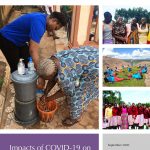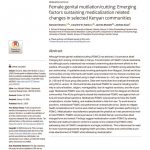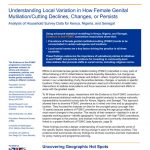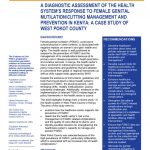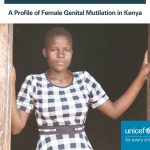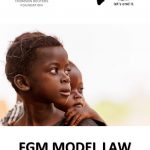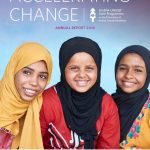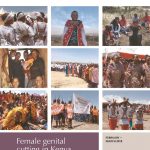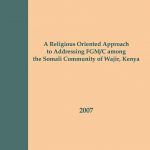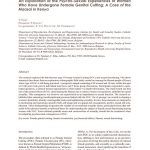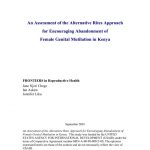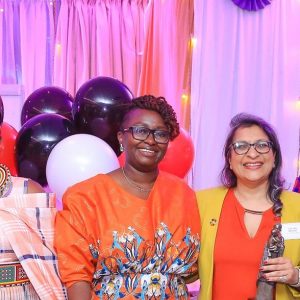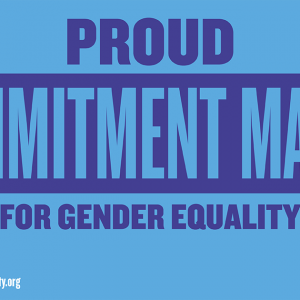Kenya

Home | Where does FGM/C happen? | Kenya
View all regions
View all countries
- Australia
- Benin
- Brunei
- Burkina Faso
- Cameroon
- Canada
- Central African Republic
- Chad
- Colombia
- Côte d’Ivoire (Ivory Coast)
- Denmark
- Djibouti
- Egypt
- Eritrea
- Ethiopia
- France
- Germany
- Ghana
- Guinea
- Guinea-Bissau
- Indonesia
- India
- Iran
- Iraq
- Ireland
- Jordan
- Kenya
- Kuwait
- Liberia
- Malawi
- Malaysia
- Mali
- Malta
- Mauritania
- Mexico
- Niger
- Nigeria
- Oman
- Pakistan
- Peru
- Portugal
- Russia
- Saudi Arabia
- Senegal
- Sierra Leone
- Singapore
- Somalia
- Somaliland
- South Sudan
- Spain
- Sudan
- Sweden
- Switzerland
- Tanzania
- Thailand
- The Gambia
- The Maldives
- Togo
- Uganda
- United Arab Emirates
- United Kingdom
- United States of America
- Yemen
- Zambia
- Zimbabwe
Population
52 million
Estimated prevalence among girls and women aged 15-49
21%
2018 population growth rate
2.52%
Estimated prevalence among girls and women aged 15-19
11%
Type practised
Type I and Type II of female genital cutting (FGC) are most widely practised in Kenya. Type III is also practised in far eastern parts of the country, along the border with Somalia.
Source: UNICEF, based on DHS 2014, UNFPA-UNICEF
Age
The majority of girls are cut between the years of 12-18. However, there is a trend towards a lower age average of 7-12 years.
Agent
Although the majority of FGC in Kenya is carried out by traditional practitioners, the percentage of procedures performed by health providers is increasing.
Source: UNFPA-UNICEF
Legal status
Illegal. Kenya’s anti-FGC legislation was enacted in 2011.
National progress
- 2011 – Act prohibiting FGC
- 2013 – Policy Framework for Education includes addressing FGC
- 2014 – National budget line for FGC created
- 2015 – National Adolescent Sexual and Reproductive Health policy established
- 2015 – National Plan of Action for Children in Kenya (2015-2022)
- 2017 – Anti-FGC board budget approved for 2018-2019
According to a 2020 UNICEF report, most people in Kenya support abandonment of FGC, and the practice is less common than it was 3 decades ago. Nonetheless, it says, eliminating the cut by 2030 across the country requires additional efforts.
UN programme
The UNFPA-UNICEF joint programme reports that FGC traditions in Kenya are rapidly changing. In Phase II of its programme (2014-2017), over 11,000 communities made public declarations of FGC abandonment involving more than 8.3 million individuals.
Source: UNFPA-UNICEF
Enforcement
Implementation and enforcement of the national law remain a challenge, due to lack of resources and difficulty accessing remote rural areas. Judges are reluctant to apply the sentences provided for in the law, and sentences are regularly reduced or quashed on appeal.
Source: 28 Too Many
Human Development Index ranking
142 in 2018 index, based on 2017 data.
Infant mortality rate
36 deaths per 1,000 live births (2015).
Source: 28 Too Many
Maternal mortality rate
510 deaths per 100,000 live births (2015).
Source: 28 Too Many
Trends in FGC prevalence
FGC has decreased by 72% between women aged 45-49 and girls aged 15-19 years old.
Source: UNFPA-UNICEF
Prevalence breakdown
By region
The highest prevalence is in Kenya’s north east region (97.5%).
Source: 28 Too Many
Practising ethnic groups
FGC is practised among 30 of Kenya’s 40 ethnic groups:
Somali 98%, Kisii 96%, Maasai 73%, Kalenjin 40%, Taita and Taveta 32%, Mercu/Embu 40%
Resources and Media
GUIDELINES
FGM Model Law
Africa, Asia, Australia, Benin, Burkina Faso, Cameroon, Central African Republic, Chad, Côte d’Ivoire (Ivory Coast), Djibouti, Egypt, Ethiopia, Europe, Ghana, Guinea, Guinea-Bissau, India, Indonesia, Iran, Iraq, Ireland, Kenya, Liberia, Malaysia, Mali, Malta, Middle East, Niger, Nigeria, Oman, Saudi Arabia, Senegal, Sierra Leone, Singapore, Somalia, Somaliland, Spain, Sudan, Switzerland, Tanzania, The Gambia, The Maldives, Uganda, United Kingdom, United States of America (USA)
GUIDELINES
The Guide to Digital Activism
Africa, Asia, Australia, Benin, Burkina Faso, Cameroon, Central African Republic, Chad, Côte d’Ivoire (Ivory Coast), Djibouti, Egypt, Ethiopia, Europe, Ghana, Guinea, Guinea-Bissau, India, Indonesia, Iran, Iraq, Ireland, Kenya, Liberia, Malaysia, Mali, Malta, Middle East, Niger, Nigeria, Oman, Saudi Arabia, Senegal, Sierra Leone, Singapore, Somalia, Somaliland, Spain, Sudan, Switzerland, Tanzania, The Gambia, The Maldives, Uganda, United Kingdom, United States of America (USA)

